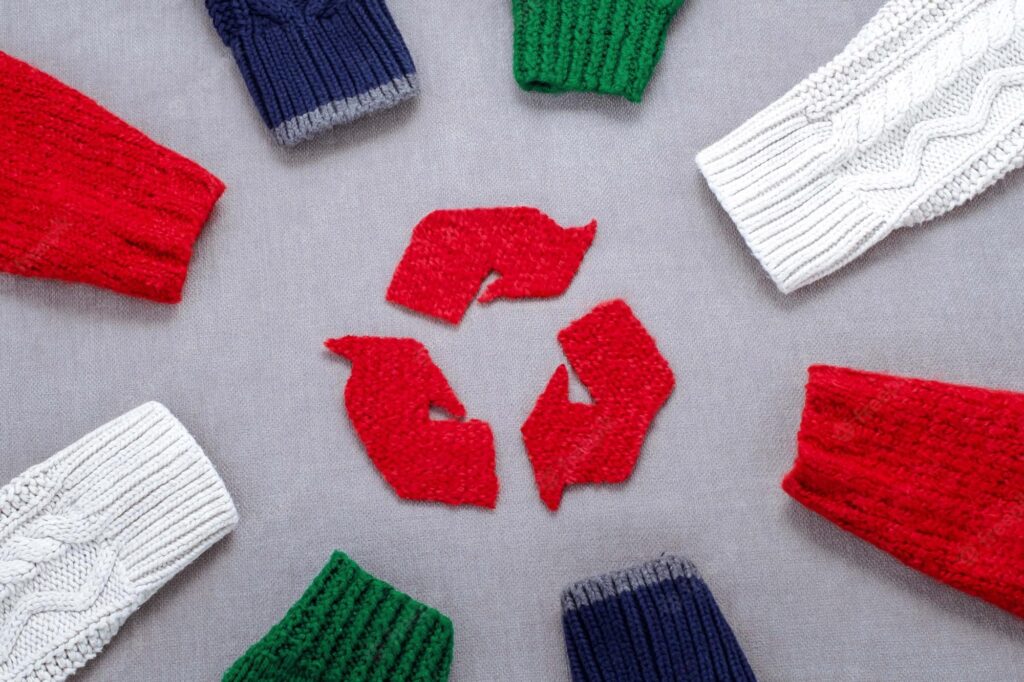In China, around 26 million tonnes of clothing are discarded each year, with less than 1% being reused or recycled. The Chinese government is working to eliminate waste and pollution throughout the country. Sustainable fashion is still a niche sector in China, but it has the potential to become more widespread. 74% of Chinese buyers choose products with verifiable sources and a clear provenance. Buying old clothing, in addition to newly manufactured sustainable clothing, has become increasingly popular. Catch Fish, Fat Tiger, Feiyu, Zhier, Zhuanzhuan, Xianyu, and Value Yao are some of the Chinese e-commerce sites utilised for secondhand buying. While the sustainable fashion business accounts for a small percentage of the broader fashion and clothing industry, multiple signs indicate that there is significant market potential. According to a poll done by market research firm Daxue Consulting, 77% of questioned Chinese customers are prepared to pay a 5–20% premium for sustainable fashion items, demonstrating a rising understanding of the importance of sustainability. Indeed, several of China’s most popular sustainable fashion labels, such as Icicle, Klee Klee, Krop, and Ziran, appeal to a more affluent clientele. Other firms, such as Bastine, concentrate on environmentally friendly textile manufacturing. Some overseas brands focusing on sustainable fashion, such as Everlane and Allbirds, have had mixed results in the Chinese market.




